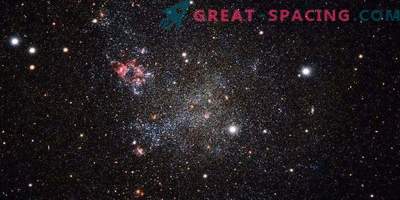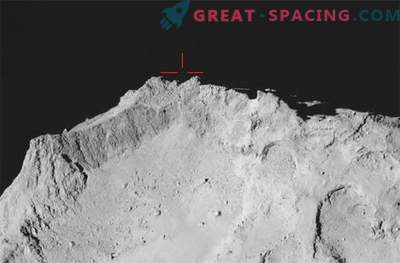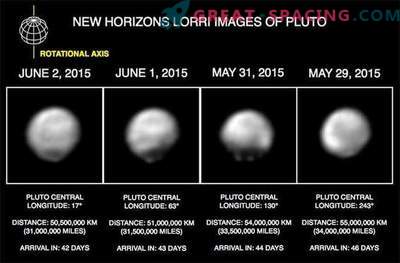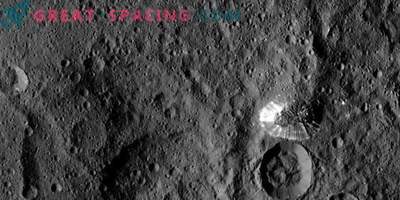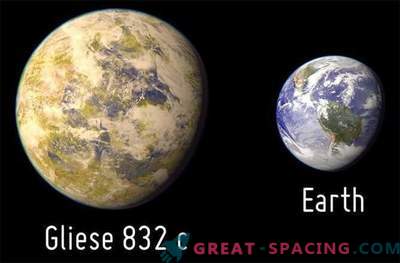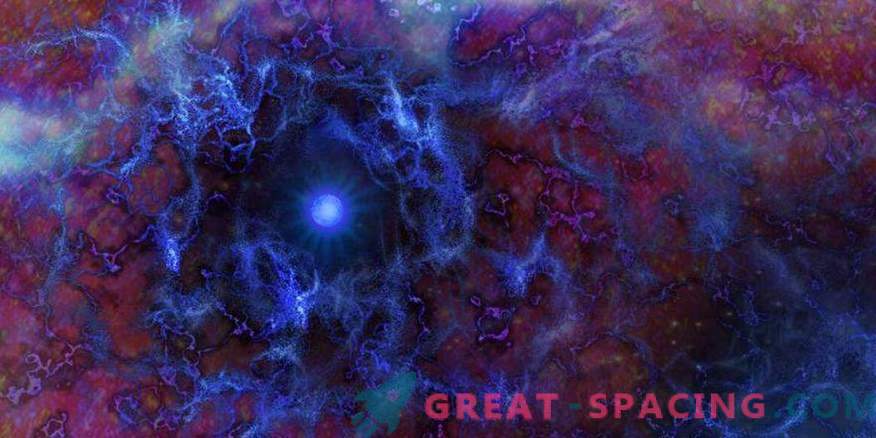
We perceive dark matter as a mysterious and elusive substance in the Universe, gravitationally affecting the Milky Way and other galaxies. Recently, however, researchers have learned that in the early universe, dark matter had a much smaller impact than we thought.
Researchers managed to find out that 10 billion years ago, normal (baryon) matter prevailed in the galaxy, represented in the form of dust, gas, stars, planets and other known objects of outer space.
Now dark matter, which does not emit, absorb or reflect light, has a strong influence on our Universe. It is in contact with normal matter through gravity and is responsible for the speed of rotation of spiral galaxies.
The team of scientists decided to use telescopes to measure the rotation curves of 6 massive galaxies. Since they were located far away, the observation of them resembled the effect of winding time 10 billion years ago, when stars were just forming.
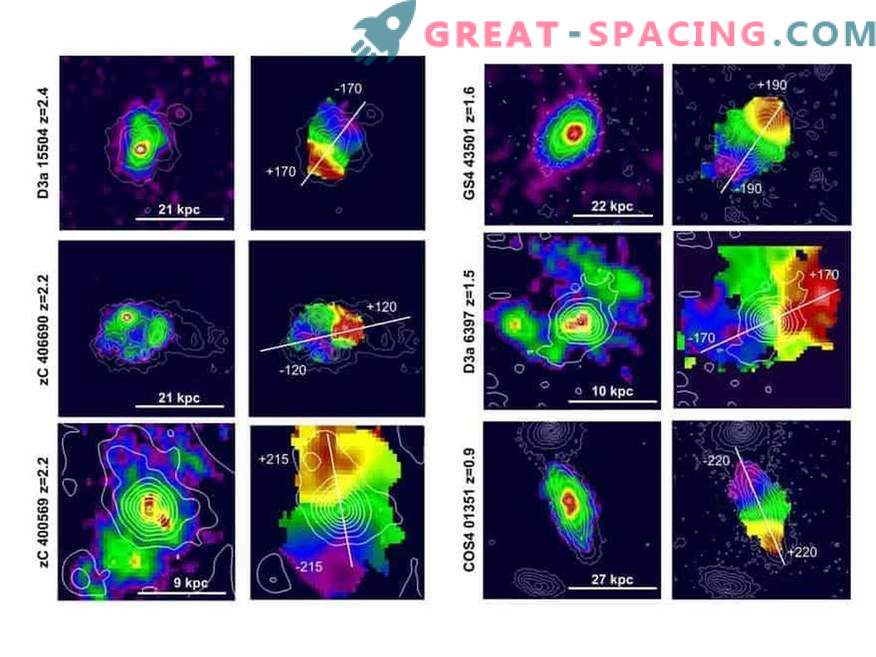
The map displays observations of 6 distant galaxies. The distribution of the total surface brightness is shown on the left, and the velocity map on the right. Galaxies demonstrate the rotation scheme: the blue areas move towards the observer, and the red ones move from it
It was possible to notice that in the early galaxies the outer regions rotated more slowly than the central ones. This indicates the presence of a smaller amount of dark matter than expected. So, her role was also less significant. In addition, early galaxies were more turbulent than modern spiral ones. This was confirmed in two further studies, where 240 galaxies with star formation were studied.
It turns out that after 3-4 billion years after the Big Bang event, gas in galaxies condensed into flat rotating disks, and large dark matter halos concentrated around them. Previously, these halos were more common, but after billions of years dark matter has condensed and now has a strong influence on the rotation of many modern galaxies, such as the Milky Way.

The dark matter distribution model in the universe is 13.6 billion years ago.
These findings lead to three important assumptions. First, since normal matter was more influential in early space, today's galaxies have central regions rich in normal matter.
Secondly, it can be assumed that the winds emanating from the galactic center could change the distribution of dark matter.
Third, the current dark matter hypothesis may be incorrect. Perhaps a particle of dark matter is lighter, is not a particle at all, or looks like black holes.
The team saw the first hints of falling galaxy rotation curves 8 years ago. The data hinted that dark matter was not so influential in the early Universe. Scientists continued to collect evidence using data from other galaxies. In the future, the researchers plan to explore galaxies with smaller masses in order to better understand the origin of our Universe.
























